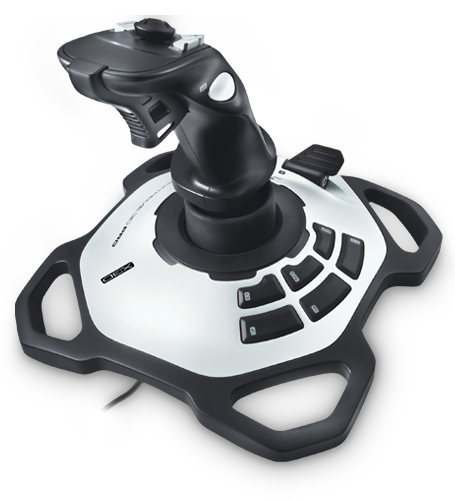Trending
Opinion: How will Project 2025 impact game developers?
The Heritage Foundation's manifesto for the possible next administration could do great harm to many, including large portions of the game development community.

Featured Blog | This community-written post highlights the best of what the game industry has to offer. Read more like it on the Game Developer Blogs or learn how to Submit Your Own Blog Post
Space sim fans are a niche, carved into littler niches.

The golden age of big budget space sims is over. Publishers like LucasArts, Origin, Electronic Arts, Interplay, THQ, Microsoft used to make space sims. Now they don't. The space sim fanbase, once a major audience, hasn't grown large enough to support modern AAA game budgets.
Some indie/small developers have taken up the slack. There's an opportunity for us to create a game we love for a niche audience, without having to compete against big budget studios.

Screenshot: Salvation Prophecy
screenshot: Salvation Prophecy
This was my mindset when I set out developing my space sim, Salvation Prophecy. I've learned a bit about the challenge of designing space sims along the way.
1. Many Opposing "Deal Breaker" Features
If you read up on space-sim reviews, fan sites, or forums, you'll see widely opposing opinions about what space sim fans want to see. Such as:

cockpit view vs. external ship view
joystick vs mouse vs gamepad
realistic Newtonian physics vs "arcadey" controls
single player vs multi-player
story/mission based vs free roaming
fantastic space (bright nebulae, dense asteroid fields, etc) vs. realism (black star-fields)
Sometimes the developer can cover both - maybe you manage to pull off both cockpit and ship view. But the combinatorial explosion of features gets very limiting very fast. There's almost no way you can cover everything, and still make a good game.
This really segments the space sim audience, and this is a big problem for the genre. Space sim fans tend to be very particular about what they like and dislike. So if you've created the almost perfect game (in the eyes of one fan), but you happen to use ship view instead of cock-pit view, it can be a deal breaker.
2. Massive Feature Wish-List
Most genres have a pretty big list of features players would love to see. But the Space Sim wish-list is insane. This is partially because the space sim genre draws from some pretty divergent sources. Take Star Trek and Star Wars - they have pretty different visions of what life in future space is like, and players seem to want both. The space sim genre itself is fragmented too, from combat dog-fights, to trading, to fleet command, to 4X empire building.
So again, the niche space sim fan-base is segmented. This time, along divergent wish lists of dream features, like:
ship crews
planet landings
seamless transitions across galaxies and planets
space station interiors
huge/infinite universe
modular ship customization
trading and economy
a "live", "busy" open world design with lots of space traffic
capital ship command
huge variety of pilotable ships
sci-fi interactions with aliens
action space "dog fights"
empire building
complex faction diplomacy
varying play styles: trader, mercenary, pirate, bounty hunter, ...
ship boarding
asteroid mining
fleet command
...
It's a tough crowd to please. No matter what you do, a lot of people are going to be unimpressed. The most you can hope for is a segment of the space sim crowd who dig the particular features of your game, or a niche within a niche.
Don't get me wrong - I'm super pumped to be making a Space Sim. But it's a tough gig. ![]()
Wink
Read more about:
Featured BlogsYou May Also Like